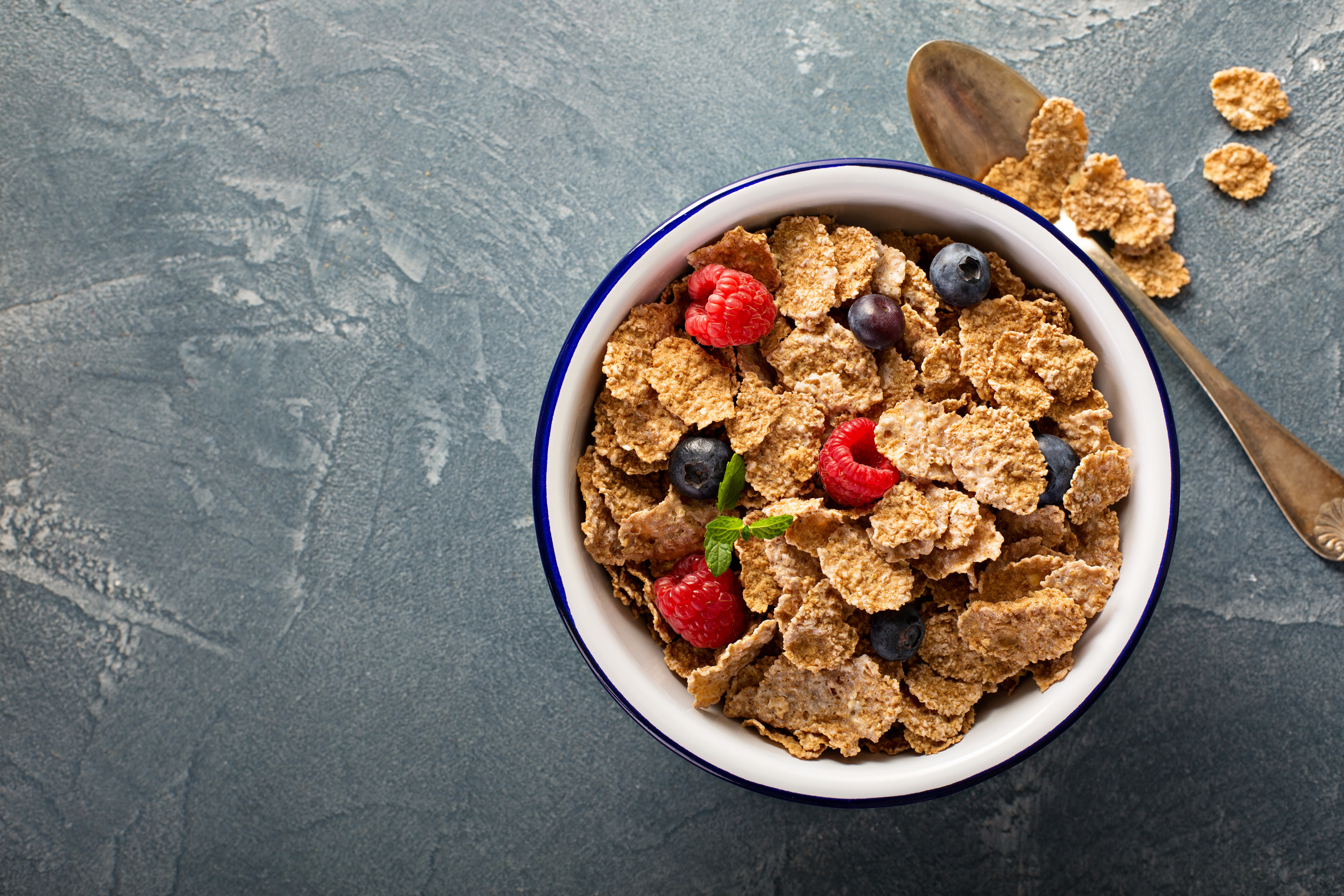
Image Source: 123rf.com
Ever picked up a favorite snack only to wonder later if the front package was truth or marketing smoke and mirrors? That deep bowl of chia pudding or all‑natural fruit‑juice bottle you trust might be packing a hidden story. The truth: there’s a shockingly long history of misleading packaging lawsuits targeting trusted food brands—from “all natural” claims to visuals that overstate ingredient content. Whether you care about sugar content, ingredient transparency, or ethical claims, knowing about these cases can help you shop with skepticism and avoid marketing traps. Here are six food brands that have been put under the microscope for misleading packaging.
1. Kashi (“All Natural/GMO‑free” claims)
In a widely reported class action suit, Kellogg’s Kashi brand agreed to a nearly $4 million settlement over packaging claims that its cereals and bars were “all natural” or “100% natural” despite containing GMO ingredients. That suit accused Kashi of selling products under label schemes that misled consumers into paying more for perceived purity that did not exist. As part of the resolution, Kellogg promised to remove or modify the natural or non‑GMO messaging from impacted products, acknowledging the strength of misleading packaging lawsuits in consumer protection. While Kashi did not admit wrongdoing, the label changes reflect how seriously regulators and courts take packaging misrepresentation. Consumers who bought qualifying products were eligible for partial refunds of either up to $25 per household or proof‑of‑purchase claims in the settlement.
2. Snapple (“All Natural” fruit beverages)
In 2022, consumers filed a class action against Snapple Beverage Corp., arguing that its “All Natural” fruit juice drinks were misleadingly packaged, since the beverages contained citric acid and added vegetable/fruit concentrates that qualify as synthetic. Plaintiffs claimed the visual packaging and front‑label messaging falsely represented naturalness, especially given widespread consumer expectations about ingredients. Though a judge later dismissed the case in 2024, the complaint underscored how product design and labeling can spark misleading packaging lawsuits even when no settlement is reached. Snapple’s case shows that ingredient standards and label visuals (like fruit images) can be enough for a lawsuit—even without corporate admission of guilt. And it raised awareness of how “natural” is often more marketing than substance.
3. Capri‑Sun (“All Natural Ingredients” claim)
Capitalizing on nostalgia and clean‑label trust, Capri‑Sun became the subject of a class action in California when consumers alleged its packaging falsely claimed “All Natural Ingredients” despite using industrially produced citric acid. The suit said that citric acid made via fermentation or mold isn’t something a reasonable consumer expects in a “natural” drink, and that label visuals encouraged premium pricing. The lawsuit demanded the removal of the “all natural” messaging and monetary restitution for consumers misled by the packaging. Although litigation is ongoing, it joins a series of misleading packaging lawsuits focused on front‑label purity claims. Kraft Heinz acknowledged the packaging design contributed to perceptions not backed by ingredients.
4. Chobani (“Only Natural Ingredients” and “Complete” slogan)
Chobani LLC has faced multiple class action claims over its yogurt packaging and branding, including allegations that its “Only Natural Ingredients” label concealed the presence of monk fruit extracts and potential synthetic contaminants. Another suit targeted its “Complete” product line, asserting that the stylized plus symbols and marketing implied full nutrition far beyond the actual ingredients or probiotic content. These represent textbook examples of misleading packaging lawsuits: combining visual emphasis, vague superlatives, and selective wording to influence consumer belief. In 2025, another lawsuit accused Chobani of failing to disclose phthalates—industrial plastic chemicals—in products marketed as natural. Those cases led to heightened scrutiny of its labels and packaging claims.
5. Starbucks Frappuccino (vanilla and fruit imagery)
In 2019, Starbucks was sued when consumers alleged its vanilla Frappuccino packaging falsely suggested the drink contained real vanilla extract, while ingredient lists revealed only “natural flavor.” Similarly, its Refreshers fruit drinks drew suits for packaging that featured vivid fruit photography and names like “Mango Dragonfruit,” when actual juice content was minimal compared to added sugar and water. These sparked misleading packaging lawsuits grounded not just in wording but in imagery that shaped mistaken consumer expectations. Cases like these show how visuals can be as legally potent as misleading language on packaging. Starbucks opted to contest rather than settle, but the suits led to wider coverage of product transparency issues.
6. Nature’s Bakery Fig Bars (“Real Fruit & Whole Grains” messaging)
Even smaller brands like Nature’s Bakery have drawn lawsuits over packaging that portrays products as “healthy,” featuring words like “Real Fruit & Whole Grains,” “No High Fructose Corn Syrup,” and a wholesome visual design. Plaintiffs filed suit in 2025 after testbuy inspections revealed high added sugar content—up to 16 grams per bar—arguing the packaging conveyed a health halo that wasn’t supported by nutritional reality. That case joins the roster of misleading packaging lawsuits driven by the gap between front‑of‑package health cues and actual sugar or ingredient profiles. Corporate presentations on product packaging can influence parents, especially, making them feel bars are better than they are. The suit remains pending, but it underlines how even subtle design signals can become protected speech in court.
What These Cases Teach Shoppers About Packaged Food Claims
If you care about ingredient truth, tear‑off reflectors over fruit visuals, or the difference between “natural” and “naturally‑derived,” these misleading packaging lawsuits offer real lessons. Labels like “all natural,” “complete,” or images of ripe fruit may not align with ingredient lists—especially when lawsuits push companies to change or settle. Even brands you trust can face consumer backlash when packaging misleads more than it informs. When labels exaggerate, fans lose—it’s often only after litigation that clearer packaging steps appear. As a shopper, treating front‑of‑package wording as marketing rather than fact can help you see through brand stories and buy smarter.
What packaging claim caught you off guard or felt misleading when you read the fine print? Share your experience in the comments so others can learn from it too.
Read More
7 Items With “Use By” Dates That Are Misleading On Purpose
9 Items With Misleading Health Labels That Experts Warn Against
